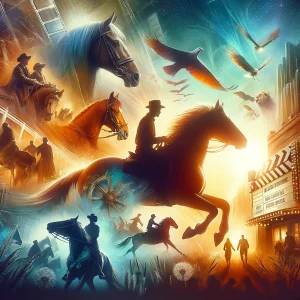Which are, or were, the greatest racehorses of all time?
In the absence of an objective measure of the abilities of racehorses from different generations, any discussion of the ‘greatest’ racehorses of all time is inevitably highly subjective. According to Longines World’s Best Racehorse Rankings World, formerly Thoroughbred Racehorse Rankings, which began in 1977, Frankel, who retired, unbeaten, in October, 2012, is the highest-rated horse in the history of official classifications. Even so, Frankel only achieved that position after a controversial ‘recalibration’ of the ratings, which saw Dancing Brave, winner of the Prix de l’Arc de Triomphe in 1986, downgraded by 3lb.
Timeform agrees that Frankel is the highest-rated horse, on the Flat, at least, since its first ‘Racehorses’ annual, published in 1948, 2lb superior to Sea Bird, winner of the Derby and Prix de l’Arc de Triomphe in 1965 and fully 7lb superior to Dancing Brave. Timeform also has Arkle, winner of the Cheltenham Gold Cup in 1964, 1965 and 1966 at the head of its all-time list of steeplechasers; his rating of 212 is 20lb superior to any steeplechaser, bar stable companion Flyingbolt, in over five decades. According to Timeform, Brigadier Gerard, who tasted defeat just once in his eighteen-race career in the early Seventies, is rated 3lb inferior to Frankel, but must be considered one of the greatest racehorses of all time. So, too, must Eclipse, who won all eighteen starts between April, 1764 and February, 1789 without being asked a serious question.
 There are a number of horse and horse racing movies that are worth a watch. Sometimes the films are based on a fictional tale, many others are non fiction but based on a jockey’s career rather than a horse. Some leave no doubt though as they are actually named after the actual horse that movie relates to. More often than not the horses are either instantly recognisable or high achievers in the sport such as Phar Lap, Shergar, Secretariat, and Ruffian. Here are four of our personal favourites:
There are a number of horse and horse racing movies that are worth a watch. Sometimes the films are based on a fictional tale, many others are non fiction but based on a jockey’s career rather than a horse. Some leave no doubt though as they are actually named after the actual horse that movie relates to. More often than not the horses are either instantly recognisable or high achievers in the sport such as Phar Lap, Shergar, Secretariat, and Ruffian. Here are four of our personal favourites: